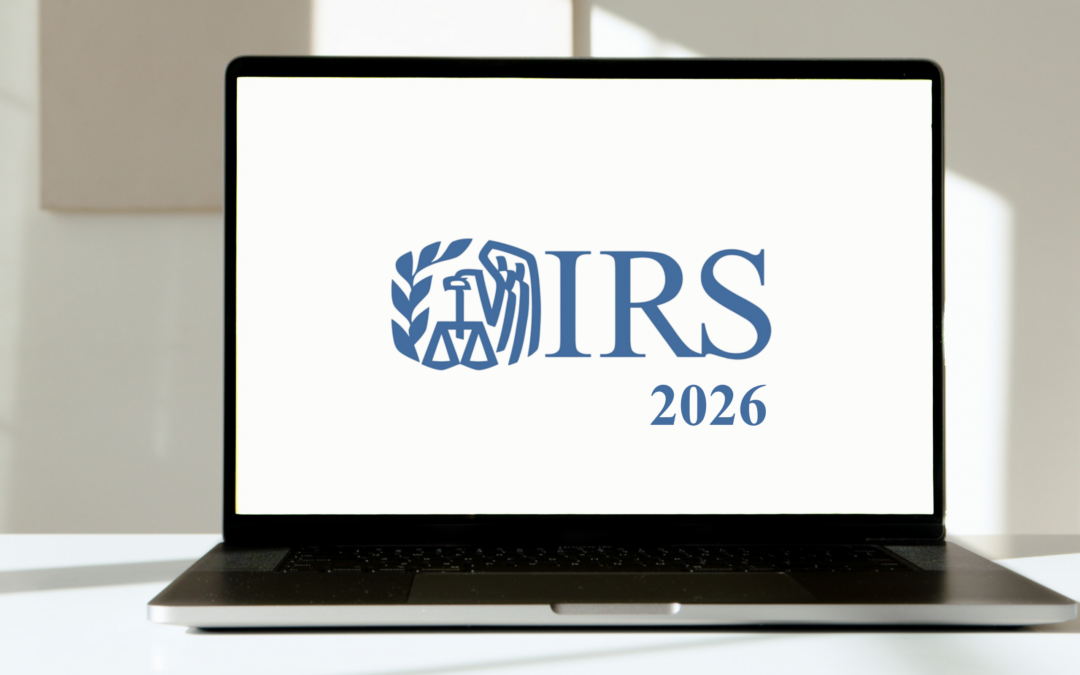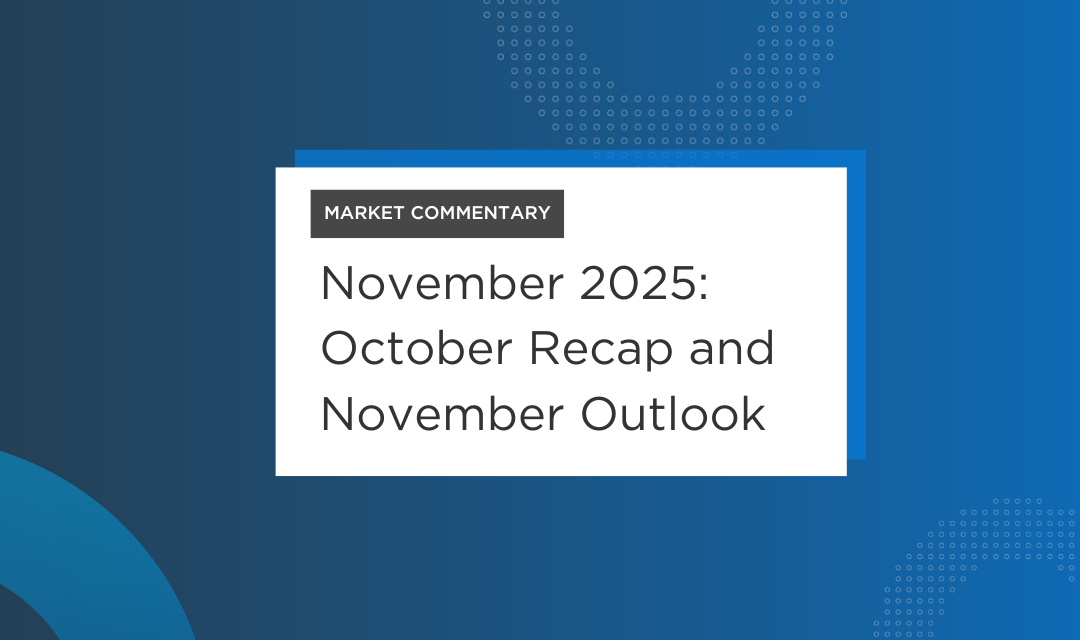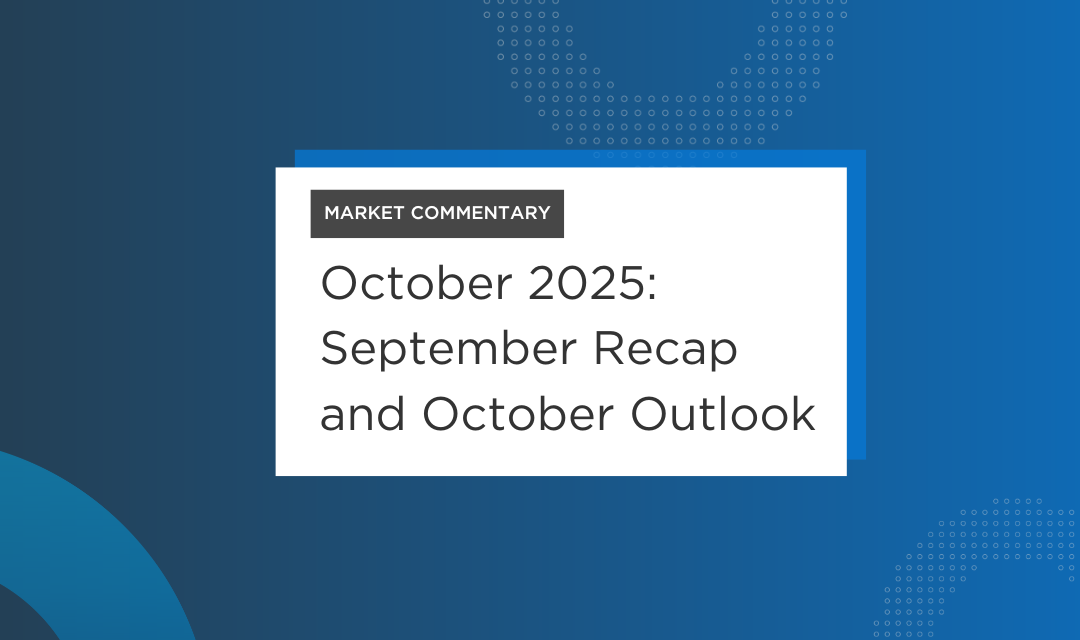For those of us in our working years, a common daydream is that nebulous date when we might retire and spend all of our time exactly how we want to. Suppose you want retirement to be a reality for you sooner rather than later. In that case, you will have to take some steps to ensure you have the capital to fund your lifestyle until you can begin receiving Social Security benefits at age 62.
Early retirement can have some definite benefits. If you work in a high-stress career, retiring early might prevent stress-related illnesses. Taking early retirement will allow you to pursue dreams you haven’t fulfilled yet, like traveling the world, starting your dream business, or picking up a hobby or craft that has gone neglected during your busy working years.
In this article, we will discuss things you should to do to plan for early retirement, including determining your retirement goals, assessing your current financial situation, creating a retirement plan, reducing expenses, increasing your income, and monitoring and adjusting your retirement plan.
Determine Your Retirement Goals
A mistake a lot of people make when trying to retire early is not defining their goals. Sure, you want to retire early, but then what? What drives you? What do you actually want to DO – “not work” is a valid answer, but you will have to set clear and strategic goals in order to make that a possibility. One way to ensure your goals are something you can actually accomplish is to set Specific, Measurable, Achievable, Relevant, and Time-bound (SMART) retirement goals.
How to Craft SMART Retirement Goals
Specific:
When you’re thinking about retiring early, creating specific goals makes you more likely to accomplish them. Instead of leaving it vague, for example, “save for retirement,” pinpoint how much you want to save. This could look like “save $1 million by age 45.” Specificity gives you a clearer target to reach and makes it so much easier to stay focused on your financial objectives.
Measurable:
Another way to bring your goals within your reach is to make them measurable. This lets you keep track of and adjust to changes. Being able to measure your objectives also allows you to celebrate milestones and stay motivated while you’re doing the work to be able to retire early.
Achievable:
We’re not saying you can’t dream big. After all, retiring early is a big dream in and of itself. However, setting realistic goals based on your financial situation, income, and expenses will prevent frustration. You’ll feel a greater sense of accomplishment when you make steady progress on achievable goals.
Relevant:
What will your retirement lifestyle look like? Are you going to dedicate your time to #vanlife, traveling on a budget around the world? Or do you aim for a higher level of comfort? These are all important questions to ask yourself to ensure your goals align with your vision of the most fulfilling retirement for yourself.
Time-bound:
Every project needs a deadline. It will create a sense of urgency and structure for your goals and encourage you to have discipline. Whether you want to retire well before 65 or
Attach a timeline to your retirement goals to create a sense of urgency and structure. Whether it’s retiring by a certain age or achieving specific financial milestones within set timeframes, a time-bound approach adds discipline to your planning and execution.
Considering Lifestyle, Income, and Expenses
Beyond SMART goal-setting, it’s essential to factor in your lifestyle expectations, current income, and anticipated expenses. Understand the kind of retirement lifestyle you dream about, whether it’s a minimalist approach or a more indulgent one. Assess your current income streams and identify areas for potential growth. Simultaneously, scrutinize your expenses to identify areas where you can cut back or optimize spending.
Meticulous planning and aligning your SMART retirement goals with your unique circumstances enables you to pave the way for a smoother and more fulfilling journey toward early retirement. Stay disciplined, adapt to changes, and relish the small victories as you inch closer to the financial freedom that early retirement affords.
Assess Your Current Financial Situation
Calculating Your Net Worth
Before setting sail on your early retirement journey, it’s crucial to understand where you currently stand financially. The starting point? Calculating your net worth. Net worth is the sum of all your assets minus your liabilities. Assets include your home, investments, savings, and valuables, while liabilities encompass debts and financial obligations.
To calculate your net worth, list all your assets and their corresponding values. This includes real estate, investments, cash, and any other valuable possessions. Subtract your liabilities, such as mortgages, loans, and credit card debts. The resulting figure represents your net worth—a snapshot of your financial health.
You should also check in on your net worth from time to time, perhaps quarterly. It lets you get a powerful view of your financial progress. As you get closer to your goal age for retirement, you should be seeing a slow but steady increase in your net worth through accumulation of wealth and debt reduction.
Tracking Income and Expenses
Everyone needs to be tracking their income and expenses, not just people trying to retire early.
Understanding where your money comes from and where it goes is fundamental to financial planning.
So how do you do it? Start by tracking your income sources, including your salary, side hustles, and passive income streams. Categorize and analyze this data to identify stable sources and potential areas for growth.
Equally important is keeping a meticulous record of your expenses. Create categories for fixed costs like mortgage or rent, utilities, and insurance, as well as variable expenses like dining out, entertainment, and discretionary spending. There are great tools out there to do this easily, such as Mint.
Regularly reviewing your income and expenses helps identify areas where you can cut back or optimize spending. Redirecting surplus funds towards your retirement accounts accelerates your journey to financial freedom.
Create a Retirement Plan
Exploring Retirement Savings Options
Once you understand where you are financially, it’s time to turn the focus to your retirement plan. A key component is choosing the right retirement savings options. Explore vehicles like 401(k)s, Individual Retirement Accounts (IRAs), and taxable accounts.
401(k): If your employer offers a 401(k), take advantage of it. Contributions are deducted from your paycheck pre-tax, reducing your taxable income. Additionally, many employers match a percentage of your contributions, effectively doubling your savings. You should put as large a portion of your income aside into your 401k as you can; with your employer match, it’s a great way to save toward retirement.
IRAs: Individual Retirement Accounts come in two main types—Traditional and Roth. Traditional IRAs offer tax-deductible contributions, while Roth IRAs allow for tax-free withdrawals in retirement. Diversifying between these options can provide tax advantages and flexibility in managing your retirement income.
Taxable Accounts: While not specifically designed for retirement, taxable investment accounts offer flexibility and accessibility. They can be particularly useful for early retirees who need funds before traditional retirement account withdrawal ages.
Diversification and Asset Allocation
Successful retirement planning goes beyond choosing the right accounts—it involves savvy investment strategies. Diversification and asset allocation are critical components in building a resilient and balanced retirement portfolio.
Diversification: Spread your investments across different asset classes, such as stocks, bonds, and real estate. Diversification helps mitigate risk; when one asset class performs poorly, others may perform well, balancing out your overall portfolio.
Asset Allocation: Determine the ideal mix of assets based on your risk tolerance, time horizon, and financial goals. A younger investor with a longer time until retirement might lean towards a more aggressive, stock-heavy allocation. Meanwhile, someone closer to retirement may opt for a more conservative approach with a higher allocation to bonds.
By strategically combining these retirement savings options and adopting a diversified asset allocation, you maximize your potential for long-term growth while minimizing risk. Regularly review and adjust your plan to align with changing circumstances, ensuring your retirement dreams remain on track.
Reduce expenses
Another important way to prepare for early retirement is to reduce your expenses. You can accomplish this through a variety of ways, including downsizing, living frugally, and avoiding debt.
Downsizing
You may be more familiar with ‘downsizing’ as a term describing a business strategy, but it is also an action you can take in your personal life. Downsizing in your personal life means simplifying. It can take the form of removing excess items from your home, excess obligations and activities from your lifestyle, and excess in the form of unnecessary subscriptions. Whether you do a full Konmari on your home or start more simply by finding ways to spend less on your entertainment activities, living an intentionally simpler life will reduce the temptation toward excess.
Living Frugally
For people who have gotten used to a certain lifestyle, “frugal” is a loaded word that brings to mind clipping coupons and penny-pinching. It doesn’t have to be an austere existence, however; being more frugal more likely will just require a bit more forethought. For example, you may consider using Sunday to make your lunches for the week ahead of time instead of going through the drive-through or getting Grubhub.
Frugality includes things you should already be doing as mentioned above, such as tracking your income. It also includes finding cost-effective alternatives that don’t compromise your quality of life. For example, you could shop in bulk at Costco or Sam’s Club to reduce the price per unit for household necessities like dishwasher pods or paper towels. You could also choose the store brand or generic over the higher-priced brand name item; many times, the product is virtually the same, just with different packaging.
Avoiding Additional Debt
We understand that accidents and emergencies happen, but there are avoidable debts, such as taking on additional credit cards or spending beyond your means. If there is something you think you really need, wait 72 hours before you buy it. (Obviously, this doesn’t apply to necessities like food or medicine. We’re talking about things like a new TV or workout equipment). If you still want it after the waiting period, you can proceed; however, you will likely find it wasn’t so essential after all.
Ensure you pay your bills on time to avoid fees. In fact, do your best to avoid fees in all areas, whether it’s a library late fee or a speeding ticket. If you need to transfer money from PayPal, choose the free option that takes a few days longer. Convenience fees add up fast.
Increase Your Income
Side Hustles
There are many ways you can earn a few extra bucks on the side of your 9-to-5. Lean into your talents and see the possibilities appear. If you have a spotless driving record, consider ferrying folks around for a few hours a week with Uber or Lyft. If you have a teachable skill such as language knowledge or musical ability, you can tutor people. If you’re a thought leader in your profession, start a blog or design a course to get ad income or passive income from the course sales.
Freelancing
If you’d rather focus on what’s in your professional wheelhouse, you can also try freelancing. The internet and the gig economy are primed for you to offer your freelancing services, whether you want to serve as a consultant, be a part-time graphic designer, or create menus for people who want to lose weight. Sites like Upwork or Fiverr are built around connecting freelancers and the people who want their services. Combine an online presence with organic efforts like attending relevant events to optimize your freelance opportunities.
Starting a Business
Everyone is searching for the perfect passive income source, whether it’s owning a storage rental building or drop-shipping private label items on Amazon. If you are working full-time, you want to find something that won’t take up your precious free time but will bolster your income. eBooks and online courses are another way you can take advantage of your expertise without a huge daily time investment.
Monitor And Adjust Your Retirement Plan
If you want to retire early, your retirement plan is not “set it and forget it.” You need to check in regularly and adjust your investments, your spending, and other aspects as needed in response to changing economic conditions, market fluctuations, or changes in your lifestyle.
When you notice a change, you can react agilely and respond before the change has a negative effect on your retirement plan. Routine checks are the best way to ensure your retirement plan will provide the best future possible.
A Solid Plan Enables Your Envisioned Future
So you’ve decided you would like to retire early. It is possible to make it a reality through careful planning, budgeting, and monitoring, as well as prudent investing, saving, and possible side hustles like real estate or creating courses or eBooks based on your expertise.
With our step-by-step guide, you can craft achievable SMART goals and work steadily toward getting out of the rat race.
SOURCES USED:
https://www.nerdwallet.com/article/investing/early-retirement
https://www.ramseysolutions.com/retirement/how-to-retire-early
https://www.investopedia.com/articles/retirement/08/retiring-early-retirement.asp
https://www.bankrate.com/smart-spending/personal-net-worth-calculator/
DISCLOSURES
Investment advisory services offered through TCG Advisors, an SEC registered investment advisor. Insurance Services offered through HUB International. TCG Advisors is a subsidiary of HUB International.
Recordkeeper and Third Party Administrator services offered through TCG Administrators, a HUB International Company. HUB FinPath is offered through RPW Solutions. Tax Services offered through RPW Solutions. Cypher offered through Cypher Security, LLC. Consulting Services offered through TCG Consulting Services, LLC. TeleWealth virtual meetings offered through TCG Advisors LLC, a HUB International company, an SEC Registered Investment Advisor.
Legal and Tax advice may be provided by Hessler Legal, an unaffiliated law firm. Certain of TCG Advisors’ investment advisory representatives may also be affiliated with Hessler Legal. TCG Advisors does not receive compensation from Hessler Legal for referrals.
This website is for informational purposes only and does not constitute an offer to sell, a solicitation to buy, or a recommendation for any security, or as an offer to provide advisory or other services in any jurisdiction in which such offer, solicitation, purchase or sale would be unlawful under the securities laws of such jurisdiction.



